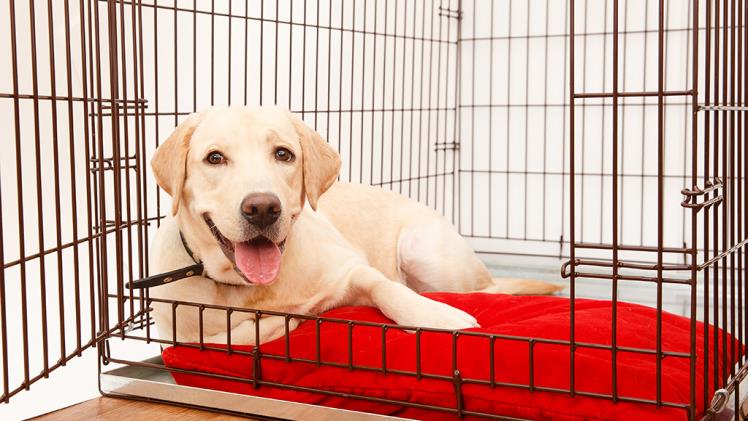Caring for little pets requires critical decisions like providing proper meals and water and choosing ideal cages. And just like you would be choosy when designing or buying a home that suits your needs, you should also try to find small animal cages that are fun, safe, and spacious to provide the utmost comfort and relaxation.
Here are a few things to keep in mind when choosing small pet houses:
Consider a Larger Cage
Typically, pets benefit from having a large amount of outside space to roam around. Since it’s not always possible to give them free rein in the house due to safety and security concerns, it’s essential to ensure they have enough space to roam.
Also, small pets want play space to run around and have fun with their toys. And they will transform any large cage into a makeshift playpen, providing ample space for all their playthings.
Consequently, they will be able to grow their muscles, control their weight, and improve their general health and fitness.
Appropriate Material
Animal cages are made from various materials. You only have to choose one that favors your design, safety, budget, and cleaning needs. You can choose from the following:
- Wire cages: Choose those with stray plastic bottoms, especially if you need something cheap and widely available. The cage is much simpler to clean, thanks to the tray.
- Glass cages are a good fit for “larger” small animals like rats or teddy bears, as they provide plenty of playtime with room to spare for toys and spinning bikes.
- Plastic cages with tubes: These are more expensive and take more effort to clean.
Cage’s Shape
There is a wide selection of styles and configurations available for today’s small animal cages. Some look like standard, square animal pens, while others have creative new designs.
You can choose either:
- Square-shaped cages that provide ample room for exercise and play
- Rectangular-shaped cages- Because of their elongated form, a hamster’s habitat can serve as a wonderful exercise and play space.
Games, Toys, and Amusements
Enrichment is crucial for the mental and emotional health of small animals. Think of ways to turn their enclosure into a thrilling playground full of exciting challenges and new experiences. You’ll need to do some reading to figure out what activities are appropriate for your pet’s species.
Substrate, Beddings, or Digging Materials
Ensure the bottom of your pet’s cage is covered with substrates to absorb any messes, including urine and feces, as well as spilled drinks and food. This ensures that their enclosure stays dry and warm.
They will also require bedding that is both secure and soft. For gerbils and other small pets with a penchant for digging, potting compost is an excellent choice for providing them with a place to satisfy their digging needs.
Cages’ safety
The number of tiers or levels and the distance between the bars are the two most important aspects of a secure hamster cage. So, consider buying small animal cages with closer bars to prevent your pets from breaking out or being trapped.
Conclusion
Even though they’re cute and cuddly, small pets need a home with the most fundamental level of care, which includes stocking their cages with food, water, bedding, and play toys. Also, ensure they have enough space to run or exercise to help keep them healthy.

